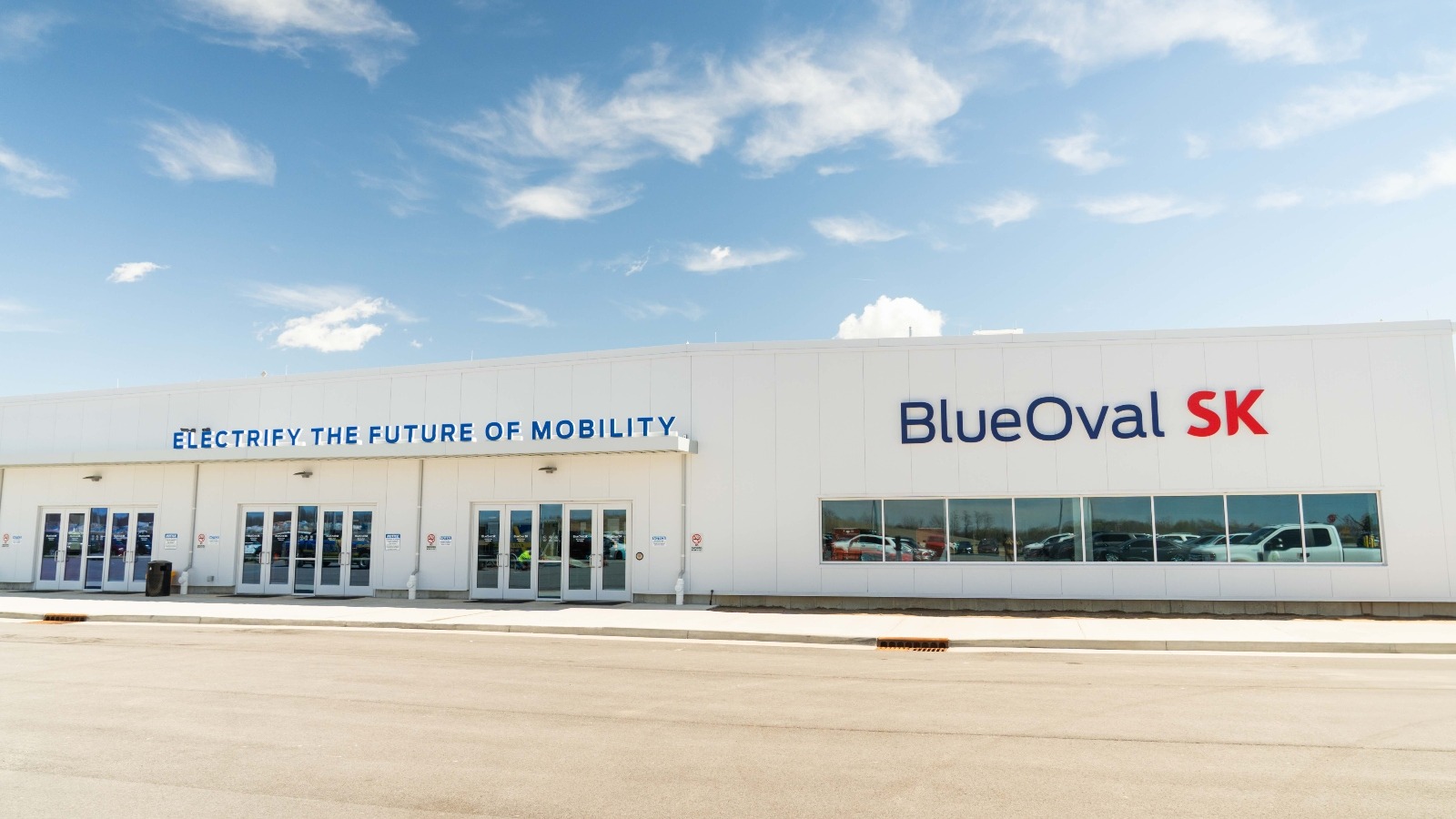Coatings, Vol. 15, Pages 599: Research Progress of the Coatings Fabricated onto Titanium and/or Titanium Alloy Surfaces in Biomaterials for Medical Applications for Anticorrosive Applications
Coatings doi: 10.3390/coatings15050599
Authors:
Qin Rao
Jinshuang Zhang
Yaqing Chen
Yujin Yang
Xu Chen
Donghao Liu
Ruilu Zhu
Ang Li
Yanping Lv
Shunli Zheng
Titanium (Ti) and its alloys have attracted more interest, as they are widely employed as biomaterials due to their great biocompatibility, excellent strength ratio, and lightweight. However, corrosion occurs slowly due to an electrochemical reaction once the Ti material has been placed in the human body, contributing to infection and failure of implants in medical applications. Thus, the corrosion phenomenon has caused great concern in the biomedical field. It is desirable to make the surface modification to provide better corrosion resistance. The fabrication techniques of the coatings fabricated onto Ti and/or Ti alloy surfaces have been reported, including sol–gel, annealing, plasma spraying, plasma immersion ion implantation, physical vapor deposition, chemical vapor deposition, anodization, and micro-arc oxidation. This review first describes the corrosion types, including localized corrosion (both pitting and crevice corrosion), galvanic corrosion, selective leaching, stress corrosion cracking (SCC), corrosion fatigue (CF), and fretting corrosion. In the second part, the effects of corrosion on the human body were discussed, and the primary cause for clinical failure and allergies has been identified as the excessive release of poisonous and dangerous metal ions (Co, Ni, and Ti) from corroded implants into bodily fluids. The inclusion and exclusion criteria during the selection of literature are described in the third section. In the last section, we emphasized the current research progress of Ti alloy (particularly Ti6Al4V alloy) coatings in biomaterials for medical applications involving dental, orthopedic, and cardiovascular implants for anticorrosive applications. However, there are also several problems to explore and address in future studies, such as the release of excessive metal ions, etc. This review will draw attention to both researchers and clinicians, which could help to increase the coatings fabricated onto Ti and/or Ti alloy surfaces for anticorrosive applications in biomaterials for medical applications.
Source link
Qin Rao www.mdpi.com

